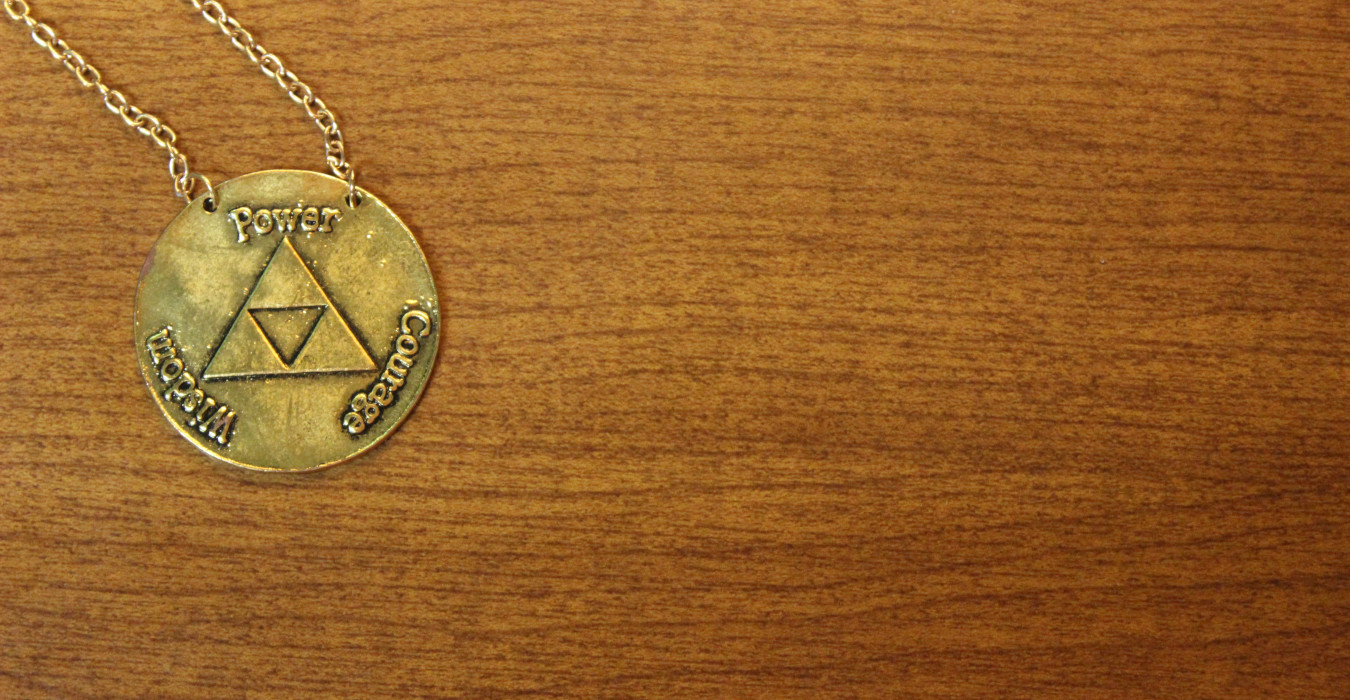The Legend of Zelda is a franchise that has been around since the beginning of video games. The first entry in the series featured a massive overworld like nothing the world had seen before, and since then, the land of Hyrule has just gotten bigger and better. The Zelda franchise has become my go-to inspiration anything involving worldbuilding, especially fantasy settings like my current project. No matter what game you’re playing, the Zelda series has some great examples of excellent worldbuilding. I’ve learned a lot from these games, and so today, I’d like to share that with you.
So what worldbuilding aspects does The Legend of Zelda do well?
Lesson 1 – Diversity in Races & Cultures
The land of Hyrule is diverse when it comes to its inhabitants. The Legend of Zelda takes many cues from the high fantasy genre, so there are a variety of races and cultures that live in the land. Throughout the series, these races have varied depending on the game, but the franchise does feature a few mainstays: the Hylians, Gorons, Korok/Kokori, Rito, Zora, Gerudo, and Sheikah. Many of these peoples are concentrated in one area or another, but they aren’t limited to their homelands: in Breath of the Wild, it’s not uncommon to see a Gerudo traveler in Death Mountain, where the Gorons make their home. In addition, even though the Hylians are most like “real humans,” they’re never passed off as being any better than the other races of Hyrule.
What I love about these different groups is that they’re all unique. For example, the Gerudo consist almost entirely of women, they tend to be much taller than Hylians, and they’re a much more secluded race, with their homeland being in the middle of a desert. Their culture has developed around this: Gerudo Town, their main city, is open only to women, women must leave in order to find a husband, and they are a race of warriors, since they live in a dangerous area. They also don’t have a “royal family” like many other races in Hyrule: they are instead led by a chief whose title is passed from mother to daughter.
I could go on and on about the inhabitants of Hyrule, like how their locations are adapted to their abilities or how they interact with each other, but I’ll save that for another day. Suffice it to say, I really like the diversity in Hyrule, and it never ceases to amaze me how much thought goes into them.
The Takeaway: When writing fantasy, think about the races and cultures you’re including. What makes them unique? Put a lot of thought into all of them, not just one or two. Don’t play favorites when developing or writing them – it’s a lot of work, but worth it when they all come together.
Lesson 2 – Varied Geography
Like its inhabitants, Hyrule itself is also varied. This began all the way back with Ocarina of Time, though this world has grown more with each passing generation, giving us the vast land of Hyrule we have today in Breath of the Wild. There are seas and rivers and lakes, dry deserts, snowy mountains, volcanos, arid highlands, plains, forests, just about every type of climate you’d find in the real world.
Oftentimes, when thinking about fantasy settings, we can get stuck on the typical medieval world setting, which is usually some type of forested or otherwise grassy region. Though that exists in The Legend of Zelda, there’s also so much more to incorporate. If the game’s creators had decided to limit themselves I terms of the setting, I don’t think it would be quite as fun to explore Hyrule. Plus, game mechanics like the weather and temperature in Breath of the Wild add an extra layer of difficulty, which is something else to consider for writing.
The Takeaway: Bring a lot of different types of regions into your fantasy world, and let your characters loose in them! Nature can provide for a lot of conflict on its own, so experiment and take your characters different places.
Lesson 3 – The Legends
As the title suggests, this franchise is legendary. Hyrule is surrounded by myths and legends, much of which is too complicated to explain in two paragraphs, but I’ll do my best to explain what needs to be said.
Though mythology may seem like it’s more plot related, it’s also important to the setting. The myths and legends that surround your world will affect the people in it. For example, Hylians and other inhabitants of Hyrule believe in a goddess named Hylia that watches over the world. Because of this legend, they have built statues to honor this goddess, and there are other ceremonies (such as the Wing Ceremony in Skyward Sword) that center around Hylia.
Another example would be the legend of the Hero from The Wind Waker. The game opens with a cutscene that begins, “This is but one of the legends of which the people speak,” and it tells the story from Ocarina of Time. Though it’s been years since these events the “legend survived on the wind’s breath,” and on Outset Island, where you begin the game, it’s become a tradition that when boys come of age, they are given clothes like the legendary Hero of Time as a way of remembering the legend.
The Takeaway: What myths and legends surround your world? How do they affect the people living in them? Furthermore, how have these stories been passed down? Where did they begin? These are all things to consider as you write your stories.


Leave a Reply